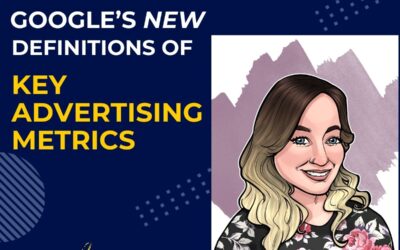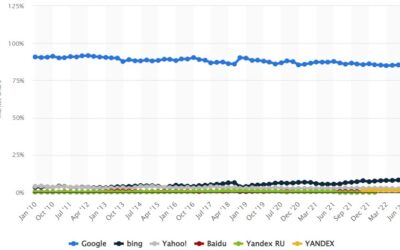Blog
Defining the Update: Google Clarifies Definitions of Key Advertising Metrics, Including “Top” Ads
Google recently announced updates to the definitions of some of its more convoluted metrics, including Top Ads and Prominence. Before running through the changes, it is important to note that these...
Simple Search Marketing has been named a 2024 Google Premier Partner Agency
Our digital agency Simple Search Marketing has achieved 2024 Premier Partner status in the Google Partners program! Simple Search’s team of experts provides SEO, PPC, SEM, Paid Social Media and...
5 Tips to Maximize Your Google Business Profile in 2024
Heading into 2024, Google Business Profile remains a vital piece of any local SEO strategy. But have you kept up with all the changes announced over the last twelve months? Google has been quite...
How to Leverage Excel for SEO Research
Search Engine Optimization (SEO) often involves looking at large data sets like web crawl data, or user traffic data exported from a program like Google Analytics. Keyword research, for example, can...
Navigating the Google September 2023 Helpful Content Update
In the constantly evolving landscape of search engine optimization (SEO), staying on top of the latest updates is crucial. One recent update that the SEO community has our eyes on is the Google...
How to Do a Social Media Audit in 7 Steps
We all know social media is a great place to market your business and reach your customers around the globe. However, social media is not a set it and forget it platform and you have to check in...
Social Media Trends for Business That You Don’t Want to Ignore in 2023
By Erin Batson, Digital Marketing Specialist Now that we are halfway through the year, some of us might wonder what Social Media trends for business are actually here to stay. Staying relevant on...
5 GA4 Basics You Need to Know
By Jamie Paton, Senior SEO Strategist The switch from Universal Analytics (UA) to GA4 is imminent. So imminent in fact that there’s even a countdown clock that greets you every time you log into...
Jasper’s Process for Writing Blog Posts
Have you gotten ads for Jasper? Feed the machine a topic and get a blog post, content page or ad written in seconds? Well, I have and I did*. You're reading one below. Scary? Enticing?...
Microsoft Hoping to Double Ad Business in 2023
Bing Ads was rebranded a few years ago to Microsoft Ads and, while the name change was just a slight annoyance for search marketers, it signalled a growth strategy that we are seeing come to...
Ready to get started?











